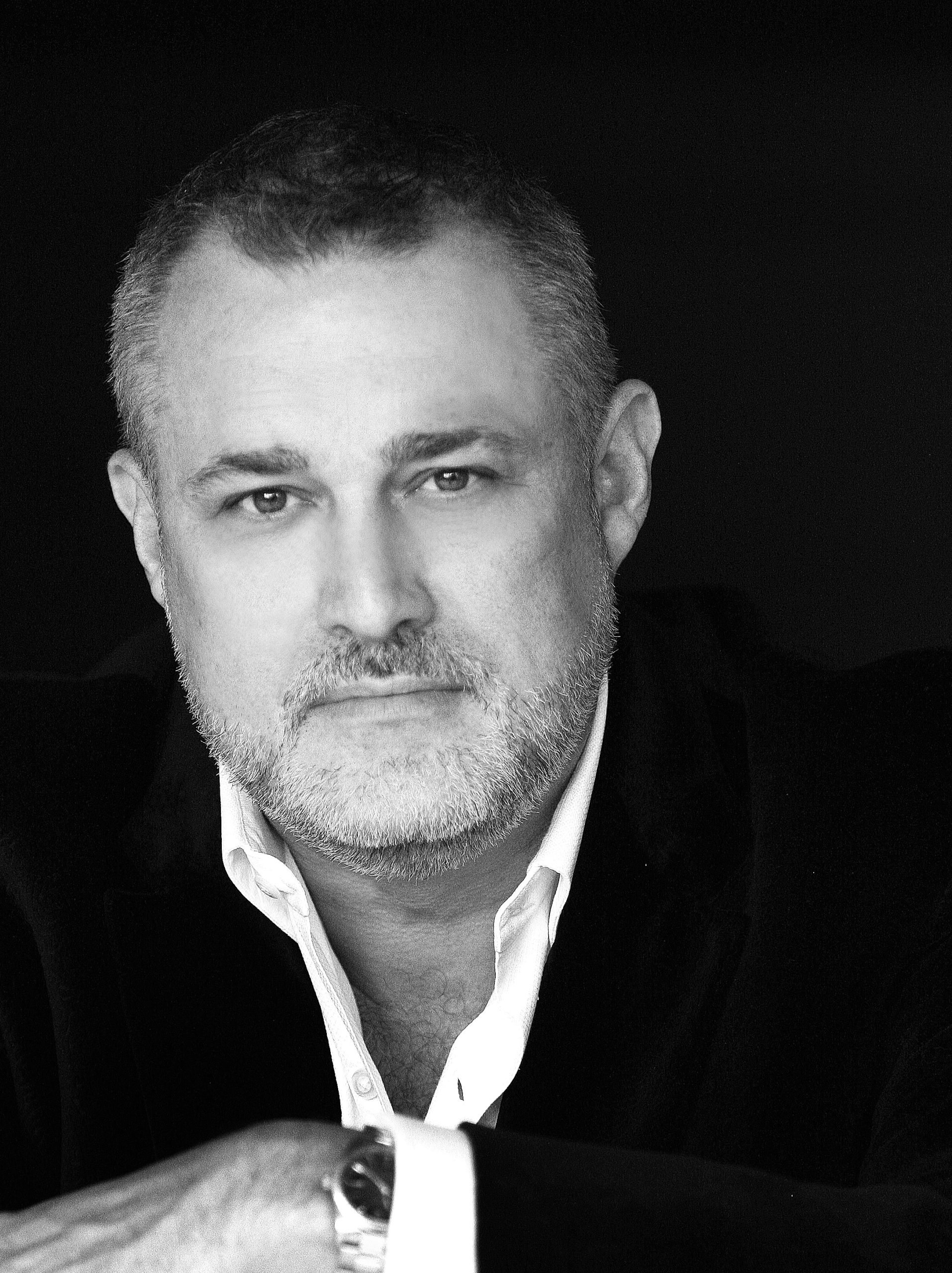
What Happens When We Push Boundaries and Get Creative
Do you think you’re creative?
Many think of a favorite book, movie, or maybe an impressive work of art, and say, “I could never do that.” While you may not be the next Vincent van Gogh, everyone is creative, according to Gabor George Burt. You just might not realize it.
Gabor is the Founder and Director of The Slingshot Group, an organization that helps businesses of all sizes use creativity to solve problems. He recently joined a C-Suite Network Digital Discussion, titled Unleashing Creativity, Innovation, and Patience as a Catalyst for Growth.
If you don’t think creativity is essential for c-suite leaders, early on during our conversation, Gabor cited a study asking thousands of CEOs worldwide what they consider is the single most important leadership quality. The overwhelming number one answer is creativity.
“The thing that you need to excel at most is understanding how to continuously reinvent reimagine refresh yourself,” Gabor said. “The same CEO is also said that they consider themselves to be very inadequate, ill-equipped in this regard.”
It’s not just CEOs having a hard time tapping into their creativity. Most adults struggle with it, as well. Now, amid the global COVID-19 pandemic, we’ve all tapped into our creative reserves in business and life.
“Everybody, every company and every person has the ability to remember and imagine what the new normal will be like,” Gabor said. “What holds us back as adults is what Pablo Picasso said, ‘Every child is an artist. The problem is how to remain an artist as we grow up.’ Because what happens is, we get educated out of our creativity. We, as adults, are channeled more into following structures. We kind of lose touch.”
He continued, “Creativity traditionally was seen as kind of a non-analytical and; therefore, non-objective part of culture, right? So, it seemed abstract. Even the term brainstorming implies that it (is) just throwing around ideas.” Gabor added, “What I do is provide the slingshot framework, a specific structure so you can systematically apply creativity.”
Regaining that touch with creativity and childhood inspired Gabor to start his company, The Slingshot Group. He named his company after the child’s toy to capture that child-like enthusiasm for the world around us. But what Gabor is selling isn’t child’s play. It’s a reminder that we all have creativity locked inside of us.
“I was thinking, what would be the perfect symbol and (came up with) the slingshot,” Gabor said. “It reminds us of this incredible resource at our disposal, which is our childhood creativity.”
He perfectly captures the curious spirit using a story from his childhood about watching a housefly.
“I was pushing some toy cars on a coffee table, and out of the corner of my eye, a fly caught my attention. Perhaps it was the first time I saw one so close. (I saw it) land on the edge of the coffee table, I reach out to touch it, and it disappeared,” Gabor recalled. “My reaction was to look under the coffee table to see where it had fallen, and of course, I didn’t see it there. This happened two or three times. The fourth time I didn’t look down. I looked up. I looked around and saw the fly on the wall. The point is that from one perspective, this instance is so trivial. It happened to all of us as children. But from another point of view, it was a complete and utter mindset shift. It was a new paradigm that I accepted. As children, we are receptive to that; in fact, that’s how our curiosity, our sense of adventure is limitless because that’s how we learned the world around us.”
However, it’s not all about child-like wonderment. There’s a bit of science here, too.
“I also love the mechanics of a slingshot, which is about pulling back and creating tension against a piece of elastic that then launches a projectile forward. That’s what I’m proposing is that we create tension and push against these self-imposed mental boundaries. By doing that, we release ourselves forward to new territories of opportunities on a corporate as well as an individual level.”
Gabor also said he choose a slingshot because it’s closely related to a sling, the weapon of choice in the Biblical story of David versus Goliath.
“(David) was up against what everybody thought was an unbeatable foe, an impossible situation and using his creativity, was able to put himself in control,” Gabor said.
Creativity can come in many forms. While we tend to think of it as something artistic, it’s not always that way. Creativity in business is sometimes spurred on by what’s happening in the world around us. We could soon see an entire group of new companies emerging out of the COVID-19 pandemic, just like we saw after the 2008 recession.
“If we traveled back in time to, let’s say 1989 or 1990 and asked someone ‘what do you think of the idea of mobile phones?’ they would have laughed at you. They would have thought that the concept to have your own phone number, rather than a phone number to your house, office, or car, didn’t make any sense,” Gabor said. “The same today, wearable technology, urban farming, or medical tourism. These are all terms that at first seem absurd. What we want to do is create a culture where we encourage embracing absurdity, pushing beyond boundaries.”
While that may be good for innovation, what about your company right now? How can you use creativity to move your business forward or save it? Gabor says to focus on the key pain point your customers, and target audience feels. Don’t just fix the problems. Turn them into a positive.
“That’s what I call a point of delight and infatuation. Infatuation, to me, is a special word because it’s the only one that expresses two things simultaneously — one is a powerful attraction and then a temporal one. Understanding that is the golden platform for ongoing innovation and growth because you understand that whatever you do for your customer, they will love it, they will be delighted. But, then very soon, that will become the new normal. That will be accepted, and the emotional connection starts to diminish. Now you need to refresh that emotional connection, and that’s what I call the infatuation interval,” Gabor said.
To illustrate what he means, Gabor used the example of Spirit Airlines. At this time last year, it announced a new configuration to their planes, making the middle seat one inch wider. While I won’t fly if I’m stuck in the middle seat, many people don’t mind. Gabor said the psychology of making it larger turns a pain point into something that might excite passengers. Sure, it’s only an inch, but it is wider, making it special for some passengers. He says this is something companies should keep in mind during the COVID-19 pandemic — ways to turn this situation into something that could infatuate and delight customers.
We can always use refreshers when trying to navigate uncertain times in business and life. I’d like to thank Gabor for his insights and if you’d like to hear our complete conversation, click here.
- Break Free From Founder Dependence: Strategies for Business Success? - June 14, 2023
- The Gentle Leader’s Playbook: Mastering Employee Performance Without Being a Jerk - June 14, 2023
- Leading Through Future Uncertainty - June 7, 2023






